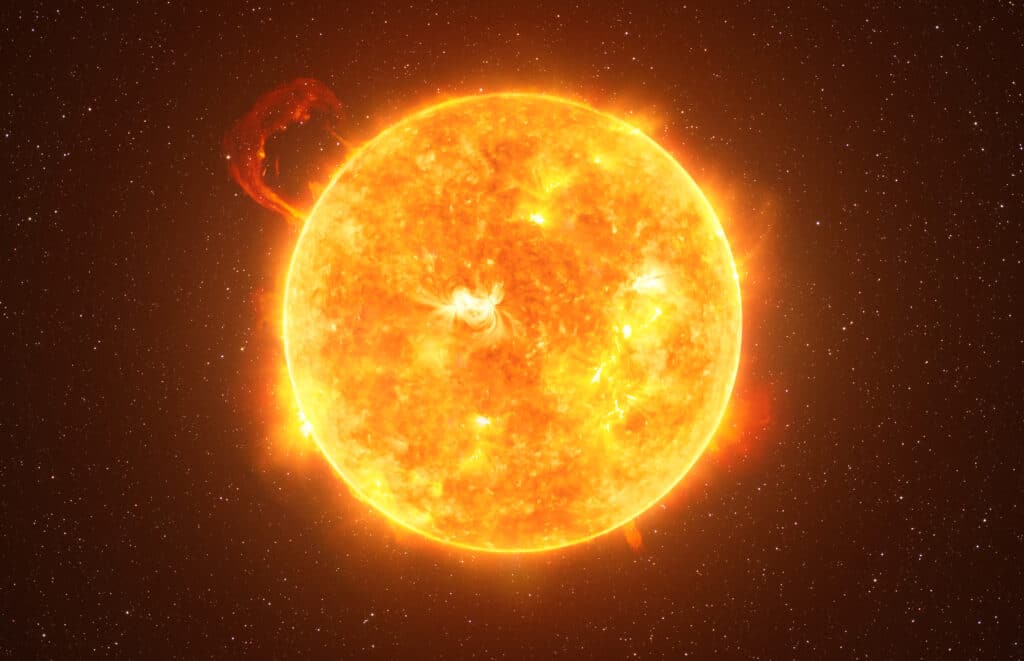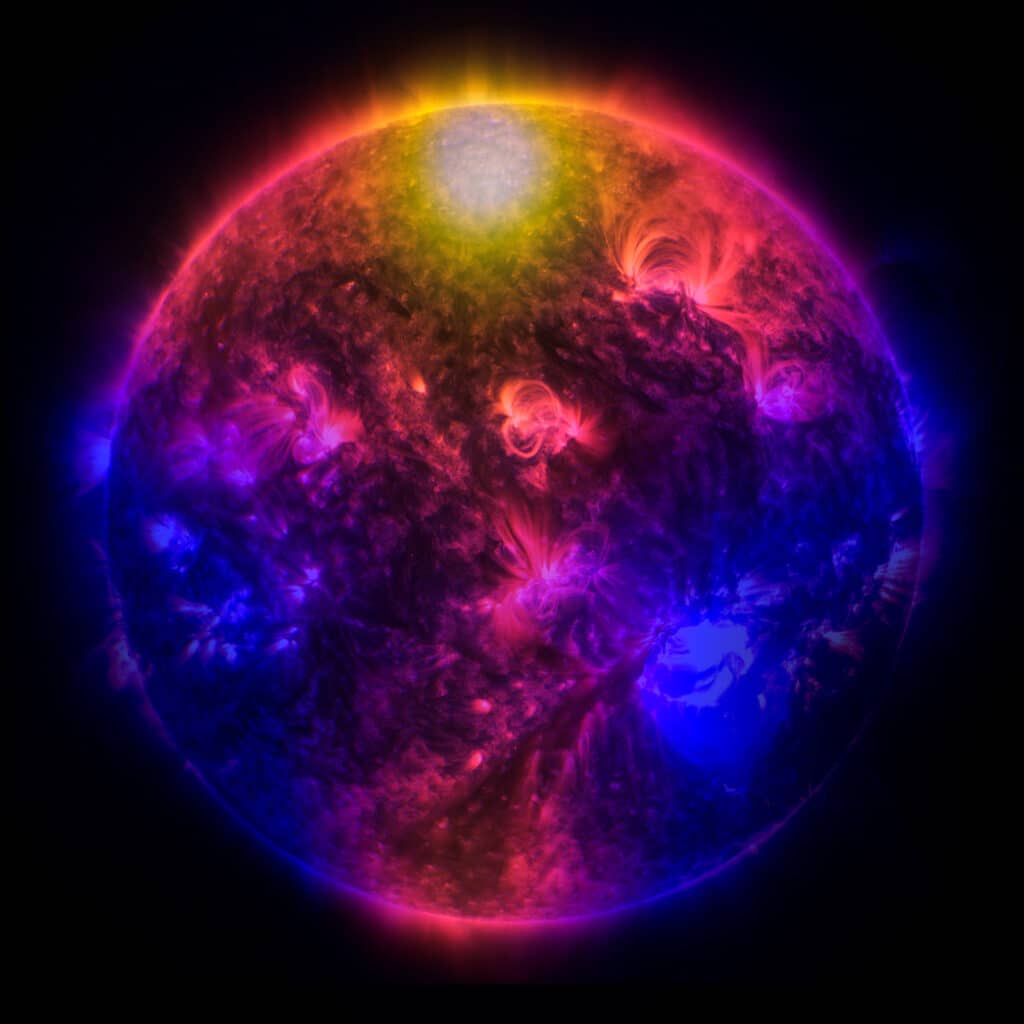The mystery surrounding the Sun’s gamma rays may finally be coming into focus. Portuguese researchers are unveiling new insights into the behavior of high-energy radiation, specifically gamma rays, emitted by the Sun. The research highlights unexpected activity in the Sun’s polar regions during periods of solar maximum, challenging existing models of solar behavior.
Gamma rays represent the highest energy form of electromagnetic radiation, with each photon carrying a billion times more energy than its ultraviolet counterpart. These rays are not visible to the naked eye and are shielded from the Earth by its atmosphere, only observable from space. The study utilized 14 years of data from the Fermi Large Area Telescope (Fermi-LAT), covering a full solar cycle, to create a “movie” visualizing the Sun’s gamma-ray emissions.
Contrary to the anticipated uniform distribution of gamma-ray emissions across the solar disk, the research team found that the Sun’s poles emit gamma rays more intensely, especially during the peak of solar activity. This was notably observed in June 2014, coinciding with the solar magnetic field’s reversal, an event occurring approximately every eleven years.

“The Sun is stormed with close to light-speed particles coming from beyond our galaxy in all directions,” says study lead author Bruno Arsioli, of the Institute of Astrophysics and Space Sciences, in a media release. “These so-called cosmic rays are electrically charged and are deflected by the Sun’s magnetic fields. Those that interact with the solar atmosphere produce a shower of gamma rays.”
Scientists suggest that the uneven distribution of these gamma rays is likely due to the interactions between cosmic rays and the Sun’s magnetic fields, varying across different latitudes of the star.
An intriguing finding of the study is the energy asymmetry between the poles, with the south pole emitting higher energy photons compared to the north. This discovery adds another layer of complexity to our understanding of the Sun and poses questions about the processes generating these high-energy emissions.
The correlation of gamma-ray asymmetry with the solar magnetic field flip suggests a potential link between solar astronomy, particle physics, and plasma physics. This research not only challenges current understanding but also opens new avenues for theoretical approaches considering a more detailed description of the Sun’s magnetic fields.
As the Sun approaches another solar maximum, with another magnetic pole inversion already underway, the research team anticipates further study to understand if this inversion correlates with increased gamma-ray emissions from the poles.

“We have found the key to unlock this mystery, which suggests the future directions that should be taken. It is fundamental that the Fermi telescope will operate and observe the Sun in the coming years,” notes study co-author says Elena Orlando, of University of Trieste, INFN, and Stanford University.
This study not only provides crucial insights into the Sun’s behavior but also underscores the importance of continuous monitoring for improving space weather forecasts. These forecasts are vital for protecting satellites, telecommunications, and electronic infrastructures on Earth from solar activity. As the scientific community looks forward to the next generation of gamma-ray space observatories, the findings from this study will significantly contribute to our understanding of the Sun and its impact on space weather.
The findings have been published in The Astrophysical Journal.













